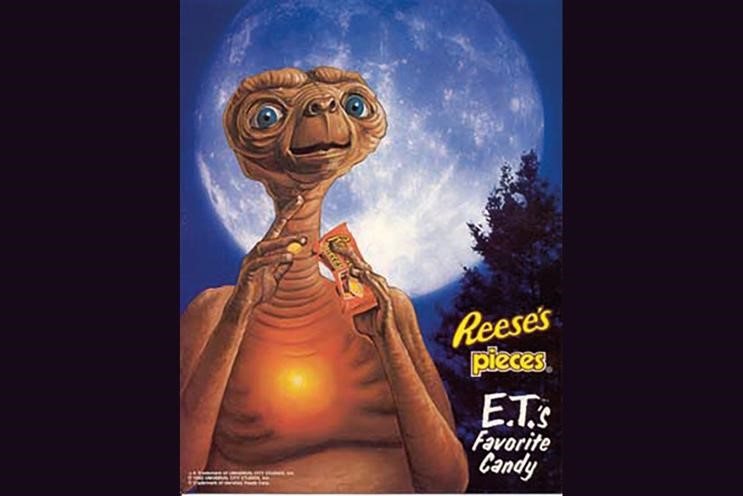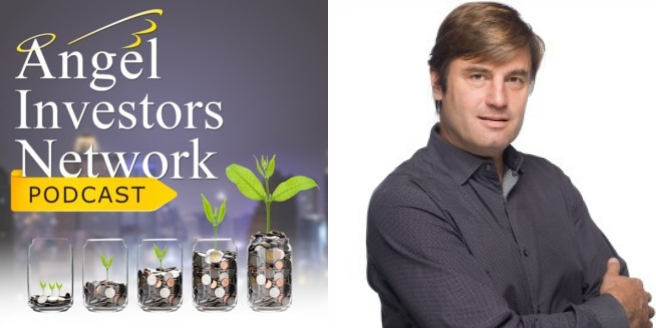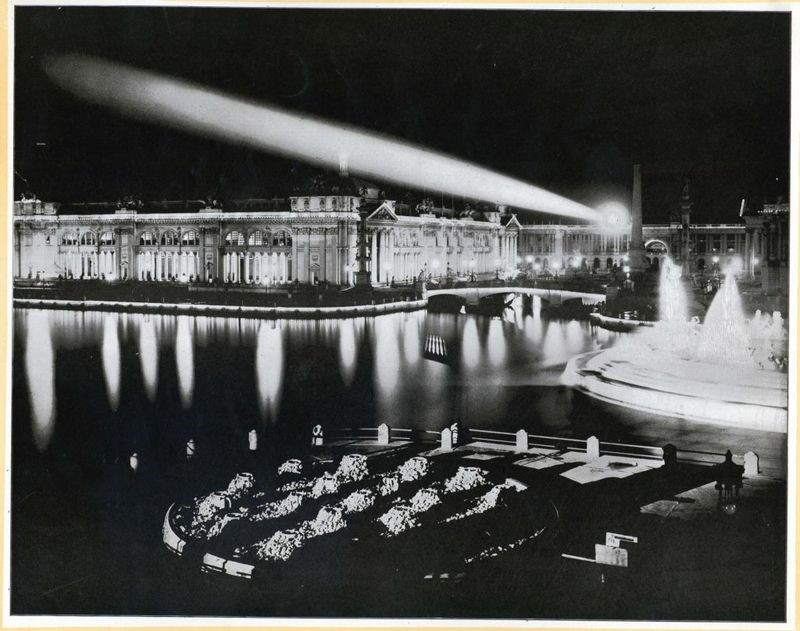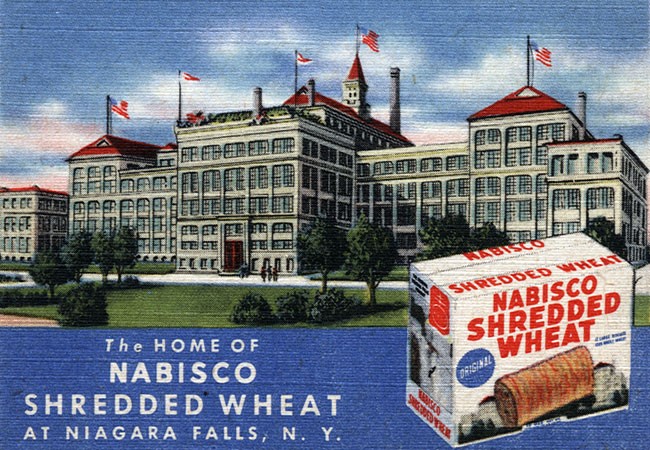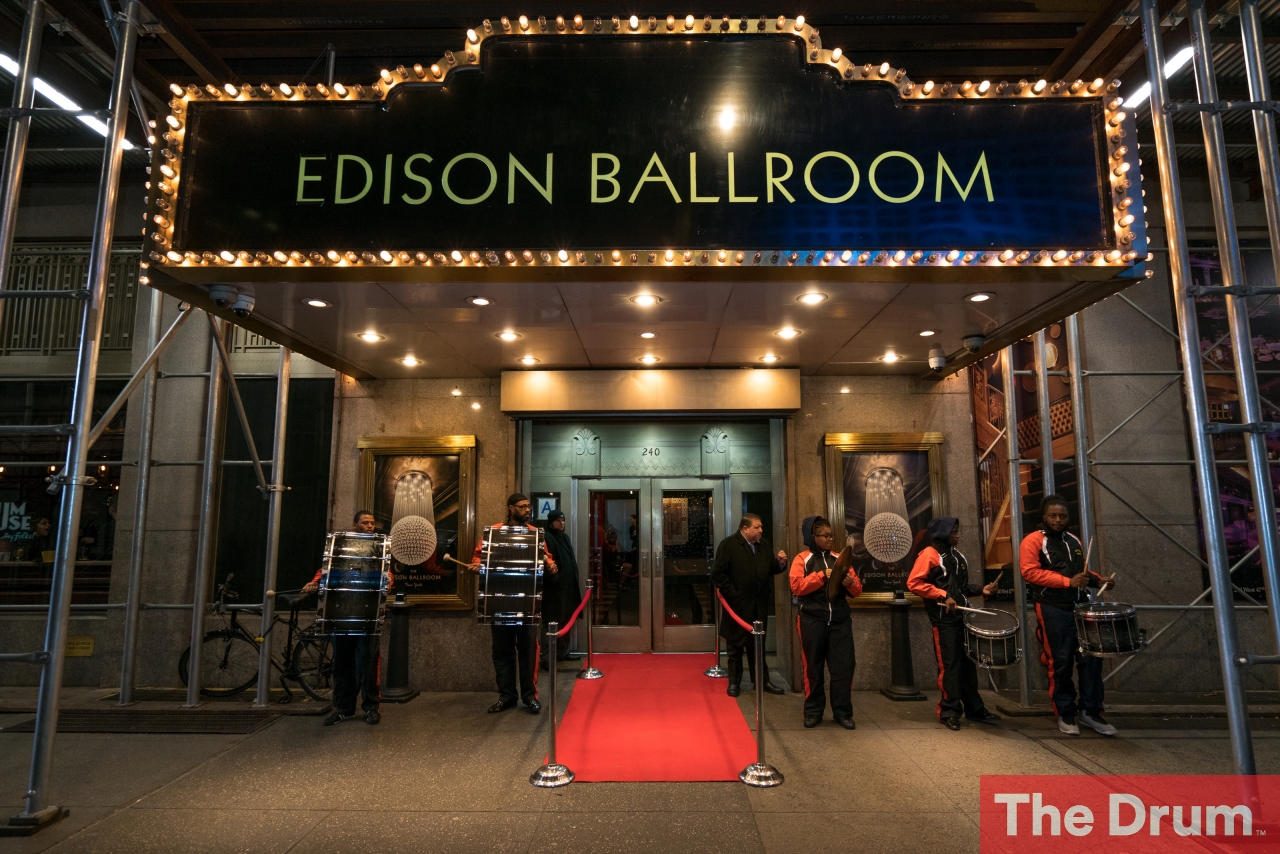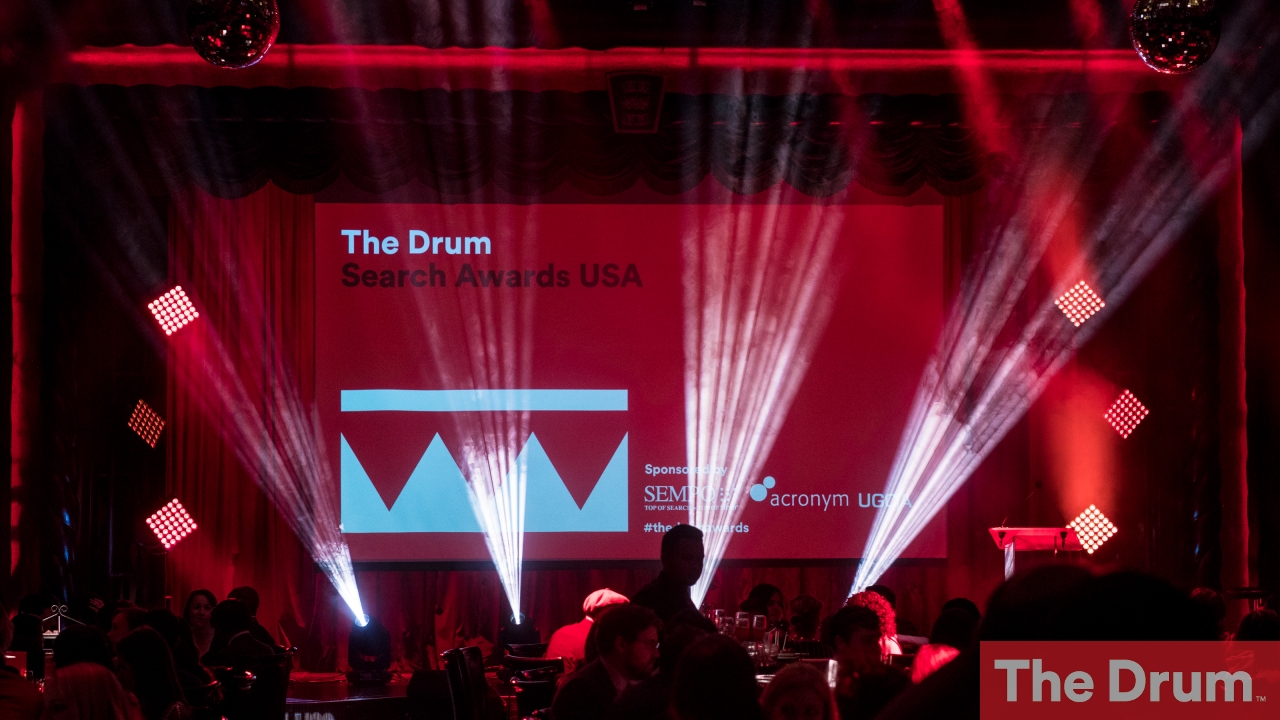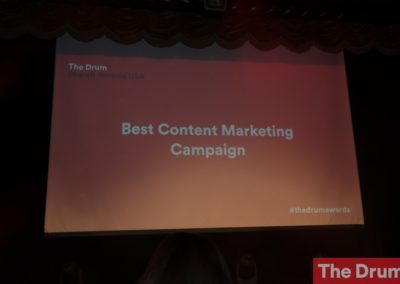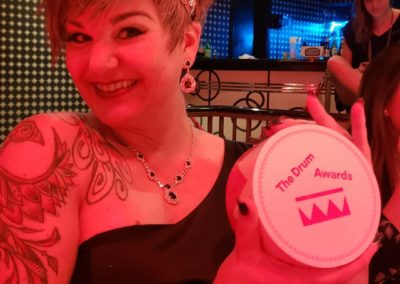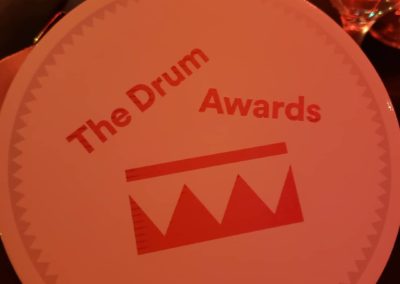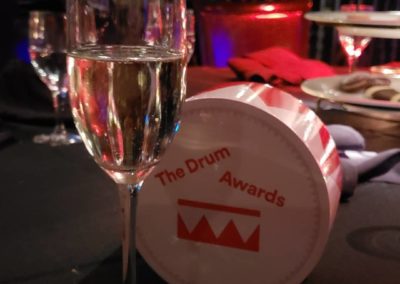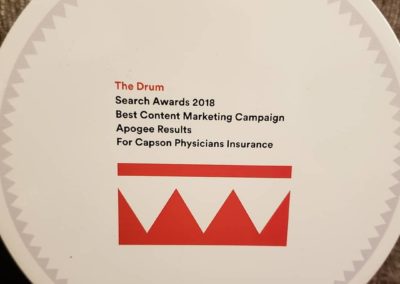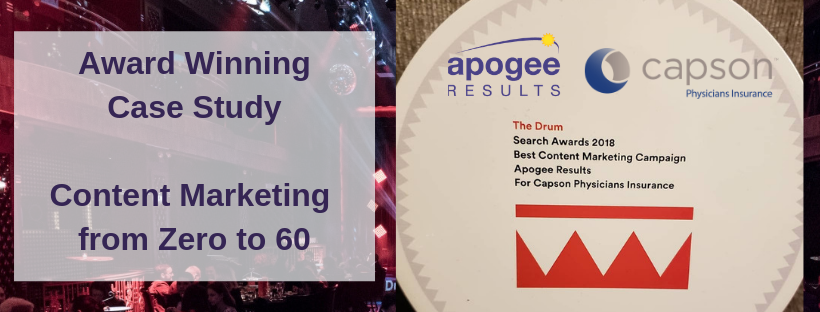Humanizing Your Business
Legends of Marketing Series by Gary Hoover
Humanizing Your Business
The Internet can be an impersonal world. As much as we love Amazon and eBay and know that somewhere behind those facades are real workers and real sellers, the customer experience can be pretty cold.
On the other hand, the recent passing of former Southwest Airlines CEO Herb Kelleher reminds us of the power of putting people at the forefront of your business. For a great look at Herb, one of the best CEOs in American history, and his principles, see:
and
https://www.texasmonthly.com/news/herb-kelleher-southwest-airlines-made-world-smaller/
While most leaders understand the importance of people, that is often not reflected in their web presence
A friend once asked me to evaluate a consulting firm he was thinking about hiring, directing me to their website. When I looked, nowhere did a find anything about the people at the consulting firm, their backgrounds or accomplishments. Yet all a consulting firm is, is people and their skills. While the consulting firm’s website bragged about how much they had helped other companies, I could tell nothing about the people who did the work. This surprised me, and I told my friend I would not consider hiring them, based on what their website told me.
On the other hand, even giant organizations like Walmart and Target give great emphasis to their people on their corporate websites. The “About Us” section is the perfect place to really talk about us.
There are other ways to humanize your website and online presence, to celebrate the human nature of your business, your employees, and your customers.
Think in terms of a bricks-and-mortar parallel. Back in the days when record stores were still important, Richard Branson’s Virgin Music retail chain had a great website. Instead of saying, “Contact Us,” the link was labelled “Get me a manager!” All of the brilliant Branson’s businesses place a great emphasis on a sense of humor and humanity. His airlines are far “friendlier” than most competitors, even in the signs and words they use. Do you have a sense of humor? How could your website and apps stand out from a boring crowd?
Great companies often use human stories, with real people and all their flaws. Videos of your employees, their families and pets, and your customers and how they use your products and services can be very powerful. I am sure you can find many examples on the web; here is a company that does a nice job of being deeply human:
Few things are more powerful than storytelling. It is the foundational principle of the Walt Disney Company, and most great filmmakers, authors, and speakers.
Do you tell your story? Are you proud of your history? How did your company get started? Who are or were the founders? Your company does not have to date from 1806, like this great American company, to cherish its history:
Of course, the truly human enterprise goes well beyond the Internet.
How often do you talk to your customers? At one of the companies I co-founded, Hoovers.com, one of our later CEOs spent each Friday talking to customers. Every week, the sales team would give him a list of people to call, ranging from the smallest home office customer to the biggest enterprise subscriber. At Build-A-Bear Workshop, the founder and original CEO Maxine Clark personally answered every single customer email, even when such emails numbered in the thousands. One great Coca-Cola CEO spent something like eight hours a week in supermarkets, talking to workers and inspecting displays.
And Herb Kelleher always placed every single employee on a pedestal, spending what others considered inordinate amounts of time with them.
It is easy to get caught up in the big deals, working with investment bankers, venture capitalists, accountants, and flying along at “30,000 feet.” But so often this altitude does not result in soft landings, because the real work of serving customers and leading and celebrating people gets lost in the shuffle.
 Gary Hoover is a serial entrepreneur. He and his friends founded of the first book superstore chain Bookstop (purchased by Barnes & Noble) and the business information company that became Hoovers.com (bought by Dun & Bradstreet). Gary served as the first Entrepreneur-in-Residence at the University of Texas at Austin’s McCombs School of Business. He has been a business enthusiast and historian since he began subscribing to Fortune Magazine at the age of 12, in 1963. His books, posts, and videos can be found online, especially at www.hooversworld.com. He lives in Flatonia, Texas, with his 57,000-book personal library.
Gary Hoover is a serial entrepreneur. He and his friends founded of the first book superstore chain Bookstop (purchased by Barnes & Noble) and the business information company that became Hoovers.com (bought by Dun & Bradstreet). Gary served as the first Entrepreneur-in-Residence at the University of Texas at Austin’s McCombs School of Business. He has been a business enthusiast and historian since he began subscribing to Fortune Magazine at the age of 12, in 1963. His books, posts, and videos can be found online, especially at www.hooversworld.com. He lives in Flatonia, Texas, with his 57,000-book personal library.
To get updated information about the team at Apogee Results, please follow us on your favorite social media channels.

